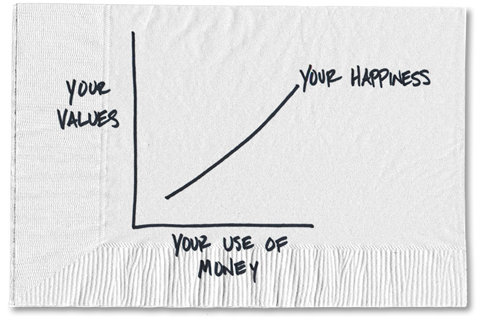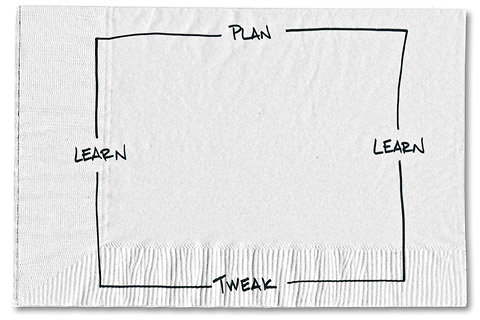HONG KONG — China’s trade rebounded in July in a possible sign that its economy is stabilizing after a slowdown over the last year.
The improvement offers small but encouraging hope for China’s leaders, who are struggling to arrest a downturn that dragged growth to a two-decade low in the latest quarter.
China’s exports rose 5.1 percent in July from a year earlier and imports were up 10.9 percent, according to customs data. China is the world’s second-largest economy, after the United States.
Economists had expected trade to grow after it shrank in June, but the rate of growth surpassed expectations.
China’s politically delicate global trade surplus narrowed to $17.8 billion.
Economists said the surge in imports suggested that domestic demand was holding up, a major goal for China’s policy makers, who are trying to reduce the economy’s dependence on trade and investment in favor of more self-sustaining domestic consumption.
Imports of iron ore, an important commodity used to make steel, surged 24 percent by volume, while copper imports grew 12 percent. Both figures were the fastest rates in more than a year, said Yao Wei, China economist at Société Générale.
She said the return to growth was a sign of “some stabilization in external demand, at best — not yet a solid recovery.”
Analysts said the figures were a sign of improvement but cautioned about reading too much into a single set of numbers.
“July seems to reflect a return to a normal, relatively uninspiring trend after a weak June, rather than the beginning of acceleration in growth,” said Alistair Chan, an economist at Moody’s Analytics. “While the worst seems to be over, the upturn will be relatively flat.”
Chinese leaders are facing pressure to meet a goal of 7.5 percent growth for the year, which is far stronger than the forecasts for the United States, Europe and Japan, but would be the country’s weakest performance since 1991.
Exports to the United States, China’s biggest foreign market, edged up 2.3 percent, leaving a trade surplus of $19.1 billion. Exports to the 27-nation European Union shrank 2.8 percent, for a trade gap of $10 billion.

Article source: http://www.nytimes.com/2013/08/09/business/global/rebound-in-trade-hints-at-stability-in-china-economy.html?partner=rss&emc=rss


